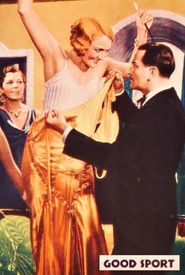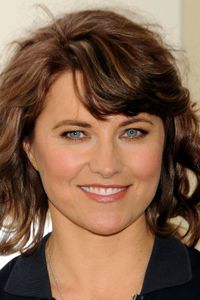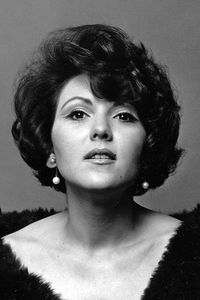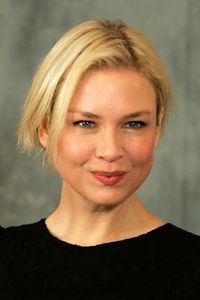Christine Maple, born Christine Raphael on November 16, 1912, in Belle-Plaine, Kansas, was a multifaceted and captivating individual whose life was characterized by both opulence and heartbreak. As a young child, her parents' divorce and subsequent remarriage of her mother set the stage for a transformative journey, as she was relocated to Los Angeles, a move that would ultimately influence the trajectory of her life.
As she navigated this pivotal moment, Christine's innate charm and beauty led her to participate in various beauty pageants, which ultimately culminated in her being discovered by the illustrious Florenz Ziegfeld. He was so impressed with her talent and charisma that he offered her a starring role in the prestigious Ziegfeld Follies, an honor that also earned her the esteemed title of "Miss Universe."
Christine's theatrical career with the illustrious Ziegfeld stage production was punctuated by a series of provocative events, most notably her daring decision to take the stage sans clothing, leaving audience members utterly aghast and mesmerized by her unapologetic boldness.
Christine's life, despite being shrouded in the spotlight of fame, was concurrently characterized by turmoil and chaos. Her romantic entanglements were marked by a tumultuous nature, as she found herself involved with two significant others, the renowned violinist Enric Madriguera and the esteemed plastic surgeon Dr. Morton Berson, who played a pivotal role in reconstructing her nose.
Christine's life took a dramatic turn in the following year, as she found herself entangled in a controversy of immense proportions. At the forefront of this scandal was the wife of the affluent Martino De Alzaga Unzue, who publicly accused Christine of exhibiting an inappropriately close relationship with her husband. This marked the initiation of a precipitous decline for Christine, as she battled with her mental wellbeing and began to exhibit increasingly erratic behavior.
Christine's life took a tumultuous turn in April 1935 when a heated altercation with a taxi driver ensued, precipitated by her refusal to settle the fare, ultimately leading her mother to make the difficult decision to send her to a specialized healthcare facility, a sanitarium, in an effort to address the perceived nervous breakdown that had seemingly beset her.
As the years progressed, Christine's ongoing struggles persisted, and she found herself once again hospitalized in 1943, this time in response to a second, even more severe, nervous breakdown that had taken a significant toll on her mental well-being.
Christine, a complex individual, embarked on a journey to transform her existence, however, her inner turmoil persisted, ultimately resulting in a devastating conclusion. On January 12, 1947, she made the heart-wrenching decision to take her own life by hanging herself, a tragic event that shook those who knew her. At the tender age of 34, Christine's life was tragically cut short, and her mortal remains were reduced to ashes, which were subsequently entrusted to her loved ones.


























